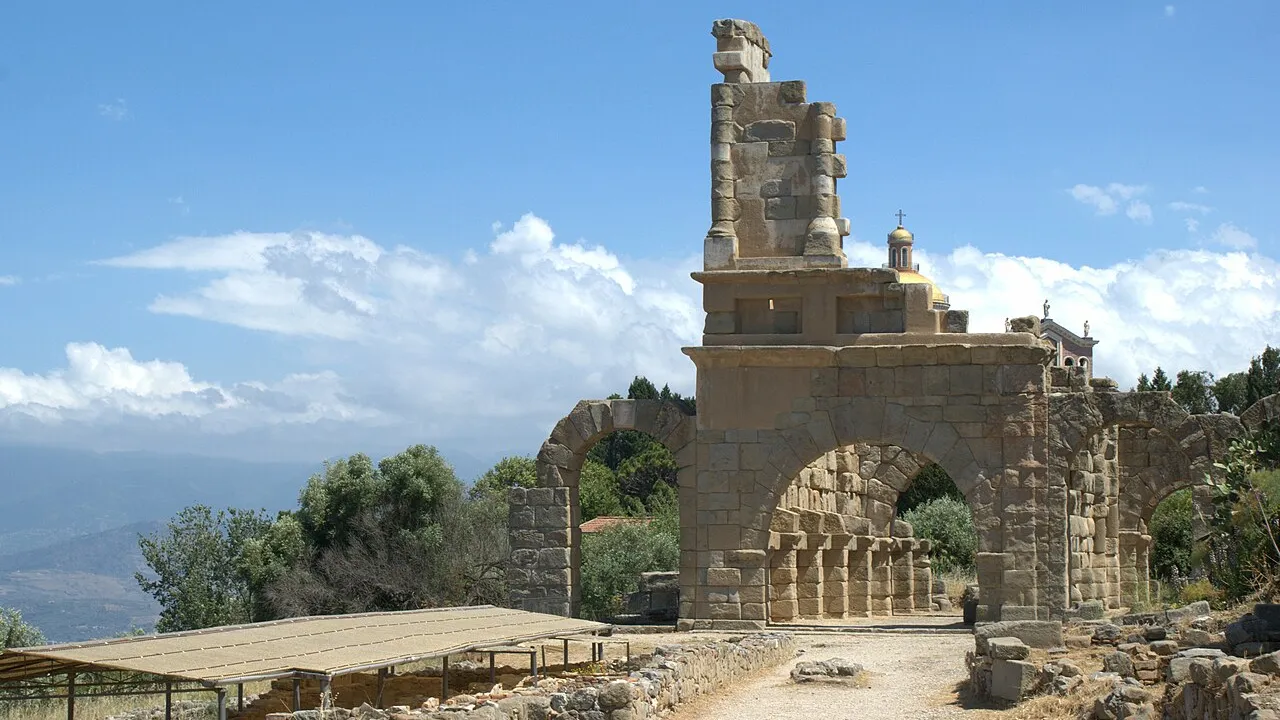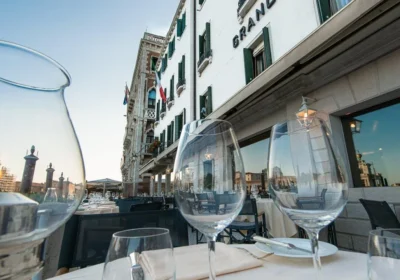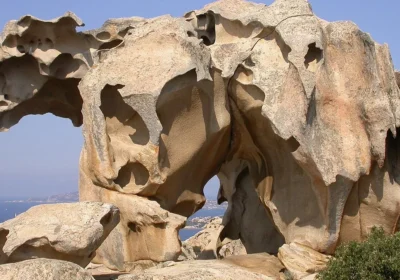Messina and Tindari city tour.
Tindari is an ancient city founded in 396 BC. Dionysus of Syracuse on a promontory on the north-east coast of Sicily, 60 kilometres west of Messina. The city was named in honour of Tyndarius, ruler of Sparta. Destroyed by a landslide and two earthquakes, Tindari was discovered during an archaeological dig in 1838, but most of the city ruins were excavated between 1960 and 1998. Roman mosaics, sculptures and pottery were discovered here, which are now on display in the local museum. The ruins of the city walls and the temple of the so-called Black Madonna are also well preserved.
The original city walls of Tindari, which consisted of two parallel walls separated by a small gap, were about 3 kilometres long. Two square towers led to the top of the walls – part of the ancient staircase is still visible today. The main gate, located in the south-west, was framed by two other towers and was protected by a semicircular gate with teeth. The space between them was paved with cobblestones.
A Greek amphitheatre was located on the promontory, which offers a wonderful view of the Tyrrhenian Sea, the Aeolian Islands and the small lakes of Marinello in the distance. It was rebuilt during the Ancient Roman era. Today its stage is used for musical and theatrical performances.
On the very edge of the promontory stands the Shrine of the Black Madonna, which housed a statue of the Virgin Mary carved from cedar and black in colour. It was probably brought here during the Iconoclasm, a political and religious movement in the first half of the 8th century. The temple was destroyed by Algerian pirates in 1544 and rebuilt several decades later.
An annual festival in honour of the Black Madonna is held there in September.
And at the foot of the promontory lie the Marinello Lakes, called the “parched sea”, which are a curious sand formation with several small pools in the centre. According to one of the most widespread legends, this place was formed after a little girl fell from the terrace of a temple. Miraculously, the child, who had fallen from a dizzying height, was found alive and unharmed. The girl’s mother, a pilgrim who had come from afar, thanks to the rescue of her child, changed her mind about the statue of the Black Madonna, which she had some conflicting feelings about because of its unusual colour. According to another legend, Pope Eusebio, who had been elected only a few months earlier, died on this very spot in 310 AD. Supposedly, he was exiled to Sicily.
Near the beach is a small cave where, according to legend, there was a witch who lured sailors with her singing and devoured them. And when any of her victims refused to go into the cave, the witch would stab her fingers into the walls in a rage – hence the many holes inside the cave.

















